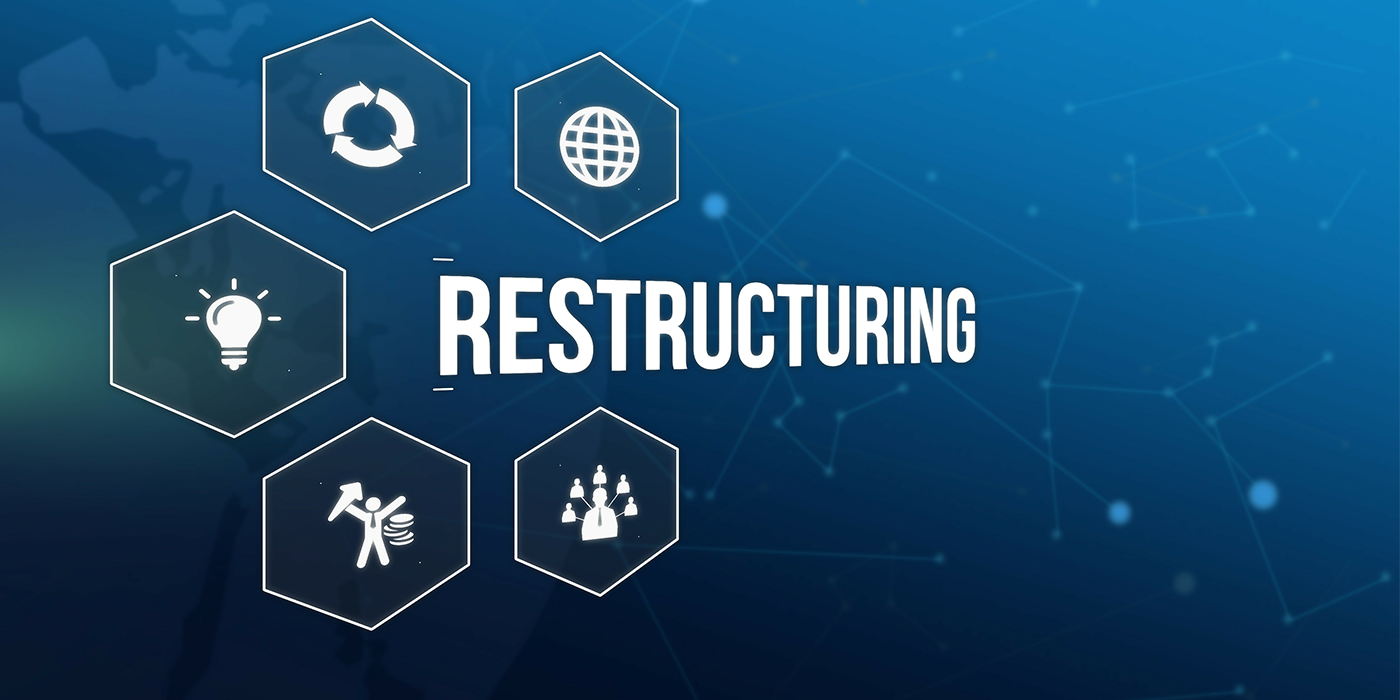Some sales people get nervous about having to ask for money from the customer. As a result, they blurt out the price right at the start of the talk, rather than first demonstrating how their products/services will satisfy the customer’s needs.
When sales talk involves products or services that save the customer money, direct the entire conversation toward how much can be saved. Show what the expected return on investment time will be. When a short pay back time can be shown, the purchase will be attractive. But don’t over-promise and under-deliver.
Some sell on price, others on quality. Both methods have merits depending on the circumstances. When selling on price, the low cost should be brought up early. Conversely, when quality and longer-term cost savings are at issue, price should come at the end of the presentation.
When a customer balks at the price, determine how much the customer expected to pay. Don’t confuse this with what the customer says he’s willing to pay.
Point out the difference between the actual price and what the customer expected to pay. Often this difference won’t amount to much, but you’ve got to demonstrate why the higher price will satisfy the needs of the customer.
Experts suggest an approach that first determines how much the customer is willing to spend, then tailors the sale toward the figure. This works best when you are selling a range of products or services with varying prices.
When a customer establishes a price range, you can focus on the high end of that range.
Sell to the Person
Some of your prospective commercial or wholesale customers may have specific guidelines for how they make purchasing selections – RFP’s, lowest bid only, lowest and best bid, price/value determinations, ancillary services, etc. Regardless of their process, ultimately the purchasing decision often comes down to one or two people.
Those decision-makers should be the real target of your sales efforts.
The purchasing decision, in most cases, will be made by someone who reacts to sales presentations like anyone else – with fear, uncertainty, and a desire not to make a mistake. While companies would like buying decisions to be based on logic, the individuals making these decisions don’t make them based solely on logic.
While your sales efforts should meet all customer specifications, you should also spend time addressing the emotional, human issues of the people making the final decision.
What are these issues? Business purchasing decisions are very much value driven. People want to know they got their money’s worth. They want to know their decision will solve any problems their company is having.
Above all, they need to be able to justify their decision to superiors. In other words, they don’t want to make a mistake that could lead to criticism or cost them their job. And the best way to avoid making a mistake is to simply not make a decision – or delay one as long as possible.
To be successful, emotionally involve them in your product – to the point where they’re willing to make the decision. Once you convince them their company’s needs will be met – and they’ll get kudos, not criticism – they will most likely proceed with the purchase.
Set the Price First
You know business-to-business (B2B) selling is very different from retail sales. Often, your B2B prospects will have a set budget for a particular product/service, and are more likely to shop price.
In B2B sales situations, it may help to let the prospect determine the price first. Often they will already know the maximum their budget will allow.
Now you need to find out what that magic price number is.
If you say something like: “This will cost you $5,000,” you’ll probably lose the sale immediately. The customer might keep shopping if he thinks that’s the only price at which you can provide the product/service.
On the other hand, if you say: “I understand exactly what needs to be done here. Depending on the level of service you want, this will cost $2,500, $4,000, $5,000 or $7,500.”
Don’t over-explain your pricing, just give the customer time to consider it and respond.
Should the customer come back with a specific or semi-specific price level, you’ve determined what the ultimate price will likely be – what the customer is willing to pay.
If the customer throws it back at you, saying: “You tell me what we need and how much it will cost,” don’t panic. Be direct and truthful, and explain that your price levels are based on the products/services desired, but the important thing is to know about how much he has budgeted so that you can arrive at a solution that best meets his needs.
if you have to toss the price-determination back to the customer two or three times, you’ll be more likely to make the sale if you let set the price parameters first.
|
Fire the Customer Before They Kill Your BusinessEighty percent of your business comes from 20% of your customers. This also means that 20% of your customers will give you 80% of your headaches. Everyone has certain customers that are a pain. Too demanding, never satisfied. Even to the point that you’re losing money trying to keep them happy. Even though “the customer is always right,” some customers may be causing more trouble than they are worth. When that happens, it’s time to fire them. It’s your responsibility to determine when a customer is disrupting the overall business. Encourage your employees to report such customers, and to give managers detailed information about the customer’s activities. Keep in mind that there’s a fine line between a customer being demanding and being impossible. Talk to all involved employees to establish what the customer does, and how long the customer has been disrupting business. If the customer is a severe problem, speak to them in person – not by phone (unless they are too distant) and never by letter or e-mail. Describe to them the nature of the problem, and – without naming employees – give detailed accounts of the problem. Take the attitude that the customer may not be aware of the strain that he is putting on your company. Keep the conversation businesslike. If the customer takes offense, simply say that if the problem(s) persists, you’ll have no choice but to end your relationship with them. Give the customer a chance to rectify the problem and change their ways. Remind them that you value their business, but that you won’t tolerate future disruptions. If the same pattern of disruption continues, inform the customer by mail – not face-to-face or by phone – that you’re ending the relationship. Your letter should include details from the first conversation, but don’t go to great length. If the troublesome customer is a major customer, such a decision will be hard. But letting even important customers go when they’re causing problems can help in the long run |













